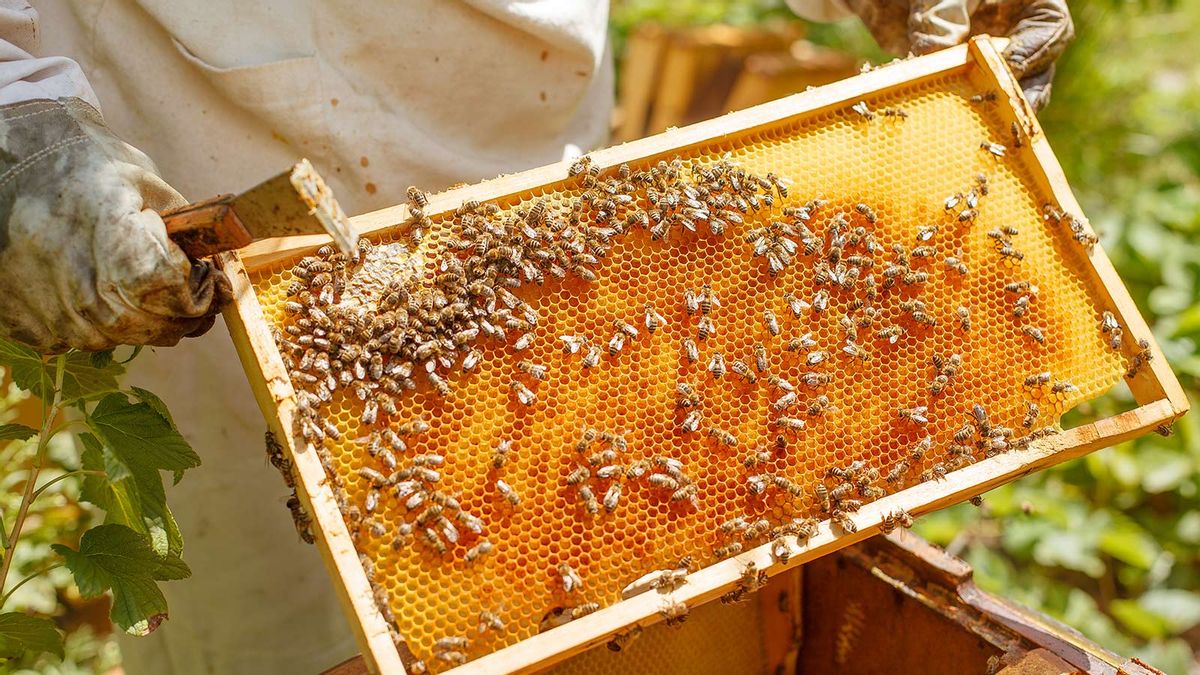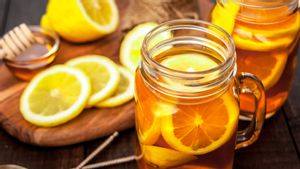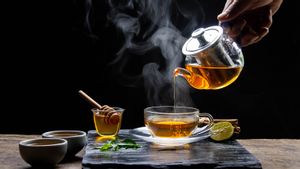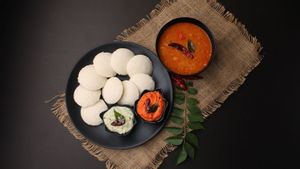When my late grandfather was born in Amritsar over a century ago, the priest performed an ancient ritual. He took a piece of string dipped in a pot of honey and drew a golden-hued ‘aum’ on his tongue. The Iranians and Egyptians also held similar beliefs; honey and milk were the first foods to touch an infant’s lips. In modern times, though, it is a practice that paediatricians would frown upon, as honey is not recommended to be given to infants below a year old.
Besides its prodigious antibacterial, antifungal and antioxidant properties, it is also considered a symbol of wealth and happiness since Biblical times, where the fertile Promised Land was described as “flowing with milk and honey”—a reference to its abundant riches. The Buddha recommended honey as one of the pure foods, and The Quran lists honey, along with milk, dates, figs, olives and buttermilk with which to break a fast. The golden syrup was prized in the Middle Ages for its medicinal value.
Today, honey, the sweet viscous substance created from flower nectar by bees, has moved beyond its narrow, restrictive perimeter of piety and prescription and people have developed a deep appreciation for its finer attributes.
Honey is nature’s perfect food

In Ayurveda, honey, or madhu, its Sanskrit terminology, is classified not as a sweet, but as an astringent material that gives energy, is cooling, and acts as a digestive stimulant that reduces kapha and obesity.
According to KT Achaya’s Indian Food: A Historical Companion, honey is considered to be the earliest sweetener. In India, out of a pool of eight types of honey, three types produced by indigenous bees came to be recognised.
The Apis cerana indica made the maksika honey. From Apis dorsata, the large black rock bee, came honey of the same name. And finally, Apis florea, or the dwarf Ksudra bee created Ksaudra honey.
According to the Rig Veda, honey from the smaller bee is far superior to that produced by the larger bees.
Though honey contains more calories than an equivalent amount of sugar (around 22 calories per teaspoon vs 16 calories respectively), it has a lower glycemic index, causing a slower spike in blood sugar. Speaking about the benefits of honey, Bengaluru-based Nutritionist and Food Coach, Anupama Menon, recommends honey over sugar, owing to honey’s diverse health benefits. “It has polyphenols that have antioxidant properties that help to reduce the risk of tissue and cellular damage. Honey is also beneficial in healing ulcers of the digestive system. For a sore throat, a teaspoon or two of honey can produce instant relief.”
Consuming raw honey triggers the release of melatonin in the brain that helps in inducing sleep, boosting immunity and rebuilding tissue by creating a small spike in insulin levels. But honey cannot be consumed indiscriminately. A good replacement for sugar in healthy individuals, those attempting to lose weight or diabetics need to be watchful while consuming it.
The decline of bees
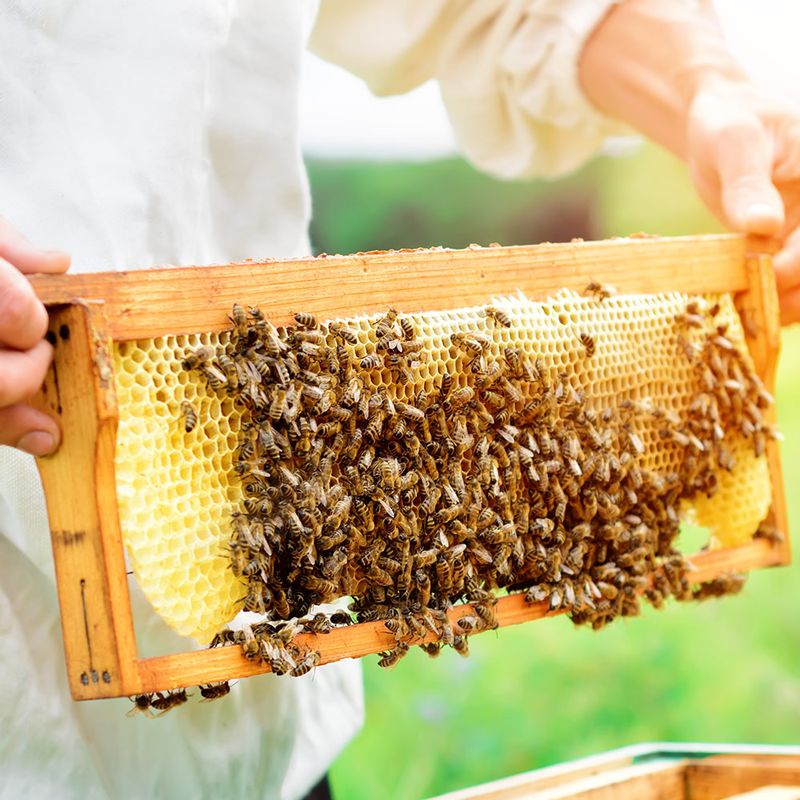
Bees occupy a place of prime importance in our survival by directly pollinating many of the vegetables and fruits we eat, or indirectly, by pollinating the food for livestock. Globally, honey bees are being decimated at an alarming rate due to pesticides, parasites, disease and habitat loss. Colony collapse orders and the threat of extinction has made the world sit up and pay attention to this neglected agrarian activity.
For centuries, beekeeping remained an unorganised activity in India, but just before WWII, the government of Mumbai set up apiaries and appointed a bee expert to train workers. At the same time, the All India Khadi and Village Industries Commission (KVIC) too tried to bring in a semblance of order. The efforts paid off. Six beekeeping centres and 68 beekeepers produced 74 kilograms of honey in 1947, setting the foundation for commercial and organised beekeeping in the country. Currently, as per the KVIC, India has approximately 25 lakh bee colonies, around 2.50 lakh beekeepers and wild honey collectors, who harvest nearly 56, 579 metric tonnes of honey in the country, valued at nearly Rs 500 crore.
A few years ago, the Centre for Science and Environment (CSE), a New Delhi-based research and advocacy organisation found high levels of pesticides and antibiotics in honey. The culprit was the indiscriminate use of the non-indigenous Apis mellifera, the Western honey bee, for commercial beekeeping, which is unsuitable for Indian conditions.
According to an article that appeared in the journal, Bee World, written by Holly Theisen-Jones & Kaspar Bienefeld on ‘The Asian Honey Bee (Apis cerana) is Significantly in Decline’, at the beginning of the early 20th century beekeepers across Asia began to import the European honey bee, Apis mellifera, a species that lived in significantly larger colonies.
The workhorse, Apis mellifera, considered more productive than its Asian counterpart, was a boon for commercial beekeepers, giving bigger yields. But at the same time, the foreign bee decimated the local bee population, as both competed with flora, and the introduction of the former brought diseases and pests in its wake.
The honey crusaders
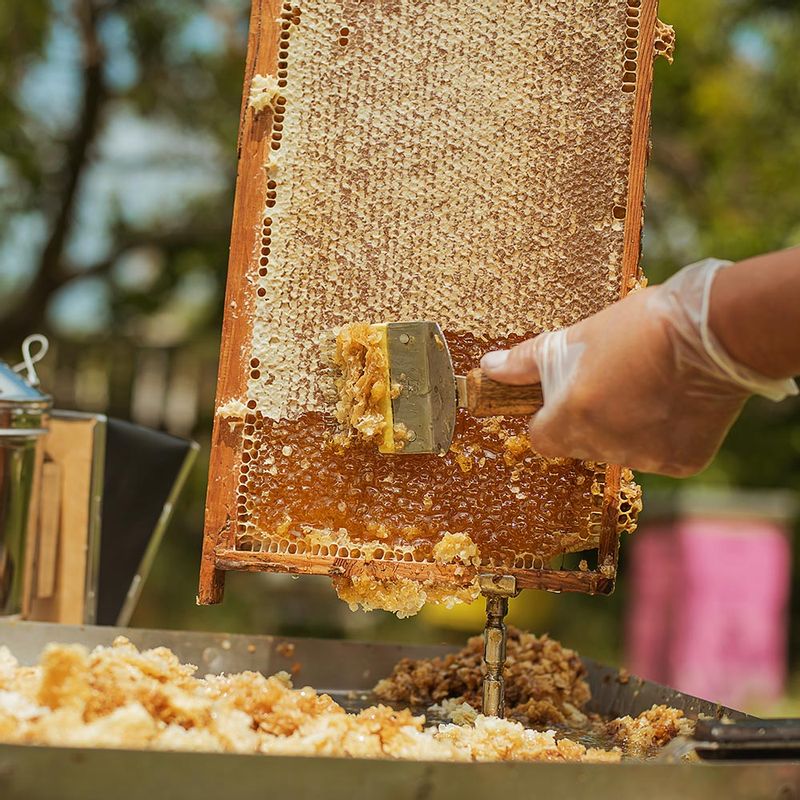
To save the native bee population, a number of social enterprises and commercial ventures have sprung up in action. Around a decade ago, social entrepreneur Vijaya Pastala founded Under The Mango Tree, whose focus is to preserve indigenous beekeeping. Visiting an apple orchard, Pastala realised that beekeeping could supplement a farmer’s income, plus help boost agricultural yields, as cross-pollination by bees is one of the most economically viable means of improving crop yield. Since then, the enterprise has created honey from orange blossoms, cardamoms, litchis, sweet clovers as well as various regional honey, positively impacting 40,000 farmers across Gujarat, Maharashtra and Madhya Pradesh.
“For small farmers, pollination is crucial to their ecosystem. The reduction of indigenous bee species has detrimental effects on their yields. We also focus on creating awareness about the importance of pollinators among tribal communities to stop unsustainable practices like honey hunting (killing bees for honey),” says Pastala. Lamenting the decline in honey bees, she says, “In India, we are seeing a decline due to the rapid clearing of forests, increased use of chemicals and pesticides in agriculture, and spreading of pests and diseases.”
Shriya Naheta, the founder of Zama Organics, produces honey with indigenous pahadi bees in “double deck” hives, where the queen bee and males are separated from the worker bees, who produce honey. Pointing out the difference between artisanal honey and commercial mass-produced honey, she says, “Commercially, honey is made in a single deck hive where all the bees coexist, as it is cheaper. However, this means that larvae, dead bees, etc. exist in the same place as the honey is getting made.” For this reason, single deck honey needs to be pasteurised before being sold for consumption.
Offering another viewpoint, Aditi Malik, Director, Conscious Foods opines that raw honey is completely safe to consume. The honey they produce is double-filtered, first with a mesh to remove any solids (such as honeycomb particles) and then with a cloth to remove finer impurities such as pollen. It is even more beneficial if it is organic honey, where the nectar has been collected from organic flowers. Malik says, “To ensure you are purchasing pure honey, you should look at the nutritional information and indications that it is not heated/pasteurised.”
Agrees Naheta, “The quality, consistency, flavour, and the health benefits of raw honey are much more superior as compared to commercial honey.” She recommends a simple test to discern the differences between commercial honey (which is sometimes mixed with sugar water) and raw honey, by placing the bottle in the refrigerator. “While sugar tends to dissolve, it cannot recrystallise. Therefore, if you keep commercial honey in the fridge, it would still stay in its liquid form. Pure and raw honey would crystallise and liquify according to the temperature.” But the most effective and fool-proof test can be performed in a lab by qualified technicians only.
To tackle adulteration in honey through artificial colours and sugars such as corn syrup, cane sugars, rice syrup, etc., the FSSAI, in the ninth amendment of the Food Safety and Standards Regulations revised the existing standards of honey to include several new quality parameters, such as the Specific Marker for Rice Syrup (SMR) and Trace Marker for Rice Syrup (TMR). So, the next time you pick up a bottle of honey, look out for brands that fall under the standards of FSSAI as well as the National Programme for Organic Production, a governmental body that facilitates certification of organic products in conformity with the prescribed standards.
A Sweet Future

In keeping with the current trend of healthy, organic and sustainability in food practices, chefs and restauranteurs are moving over refined sugar and making way for raw, organic honey in sweets and desserts to infuse their dishes with the unique flavour and healing properties of honey.
Chef Amninder Sandhu of Arth Restaurant & Lounge uses artisanal honey to sweeten her signature dessert, Kaali Gajar Ka Halwa. “The honey we use is sourced from beekeepers in Meghalaya who have years of indigenous expertise and understanding of different types of honey. This is natural and unprocessed wildflower honey is light in colour and smooth and superior in flavour as compared to regular honey.”
Offering a wide range of honey that packs in diverse benefits, several brands are now sourcing different types of honey for aficionados. Conscious Foods produces Wild Forest Honey, a multi-floral honey derived from wildflowers of seasonal organic crops such as mustard, mahua, niger and karanja from Odisha and is full of antioxidants and vitamins. Their single floral honey, Harde or Haritaki, is a medicinal herb, one of Triphala’s Ayurvedic trinity.
In the haste to cherish the benefits of honey, if we remain oblivious to the long-term losses due to the short-term gains of mass-producing honey, we are in danger of losing our symbiotic connection to nature’s nectar. As the future of honey bees and ours rests in our hands, it’s time we give the queen and her army of workers her due.
Single flora vs multi-flora honey
Similar to fine wine, honey is nuanced in taste and texture. Honey gets its flavour profile depending on the types of plants that are visited by the bees in a hive. A single-origin or single-flora honey signifies that it is derived from nectar that is collected from a single type of plant, while wildflower or multiflora honey is produced from the nectar of several different flowers. But even within single-origin kinds of honey, there can be great variation: two beehives placed in the same field can produce honey with different features.


